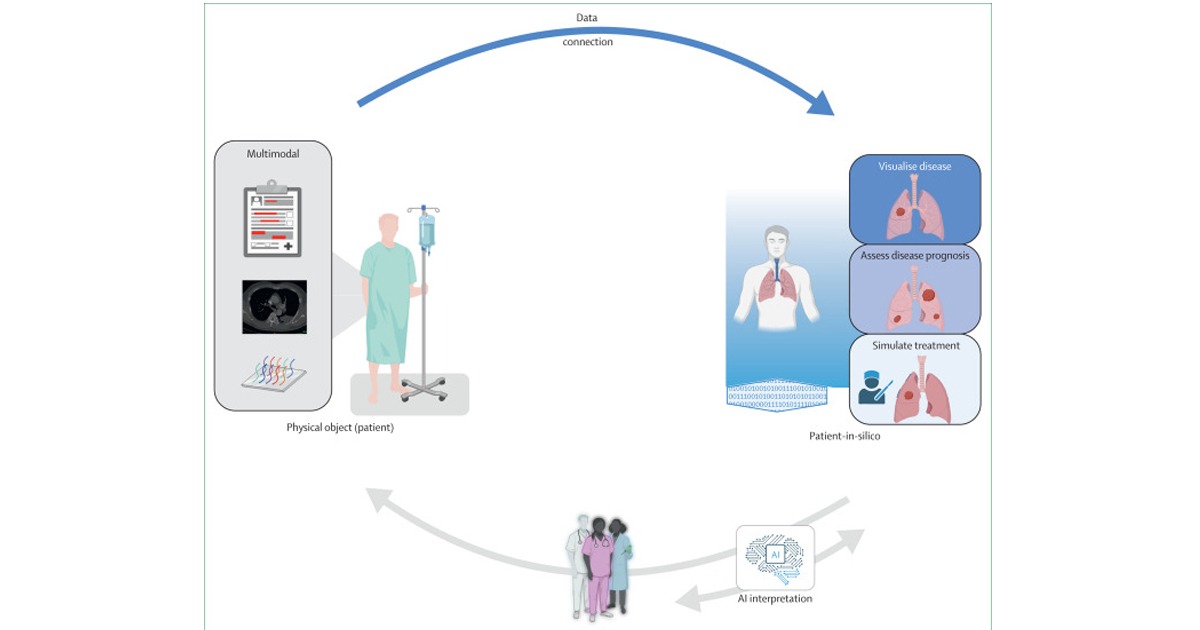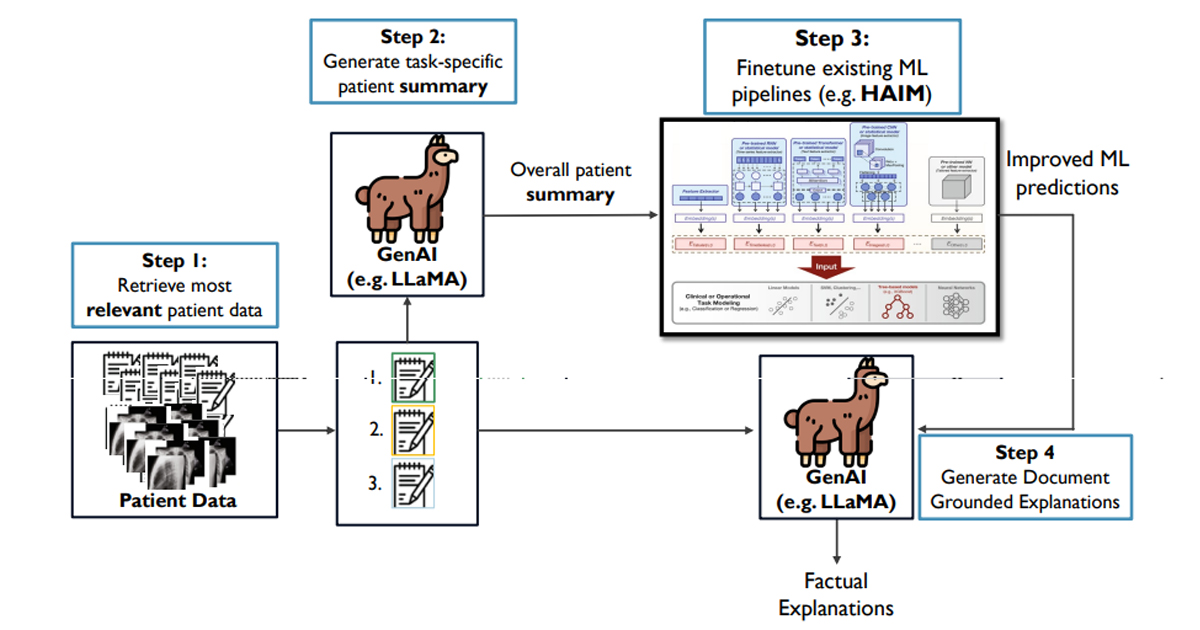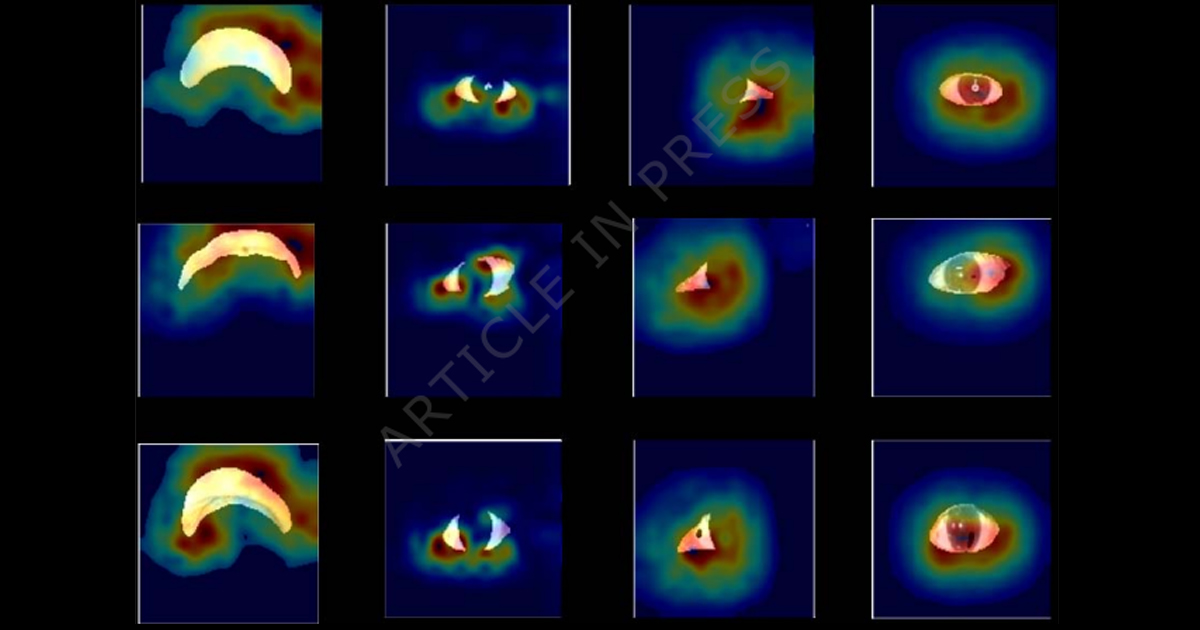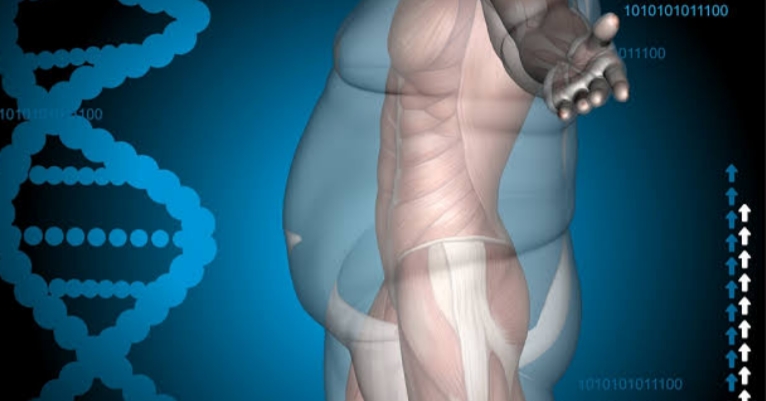Científicos del Wake Forest Institute Regenerative Medicine (WFIRM), en Estados Unidos utilizaron impresión 3D para la reconstrucción de un tejido de la tráquea y diferentes cartílagos.
Luego de intentos previos de bioimpresión de construcciones traqueales, finalmente se obtuvieron resultados positivos. En el proceso de este proyecto se tuvieron distintos enfoques de investigación, se combinaron tres tecnologías: imágenes médicas específicas de paciente, hidrogeles y poliméricos que funcionan como imitadores de propiedades biomecánicas.
“La gente había probado otros materiales, pero el problema fue que utilizaron un material que no era lo suficientemente fuerte como para mantener abiertas las vías respiratorias y no aportaba la flexibilidad necesaria. Nuestro método de bioimpresión brinda una combinación de flexibilidad y resistencia necesaria para imitar a los tejidos traqueales nativos”, explicó el Dr. Sean Murphy, autor principal y profesor asistente de medicina regenerativa en el WFIRM.
El éxito del enfoque utilizado en este estudio se debió a la incorporación de hidrogeles más blandos que contuvieran las células madre en los poros de las estructuras traqueales impresas.
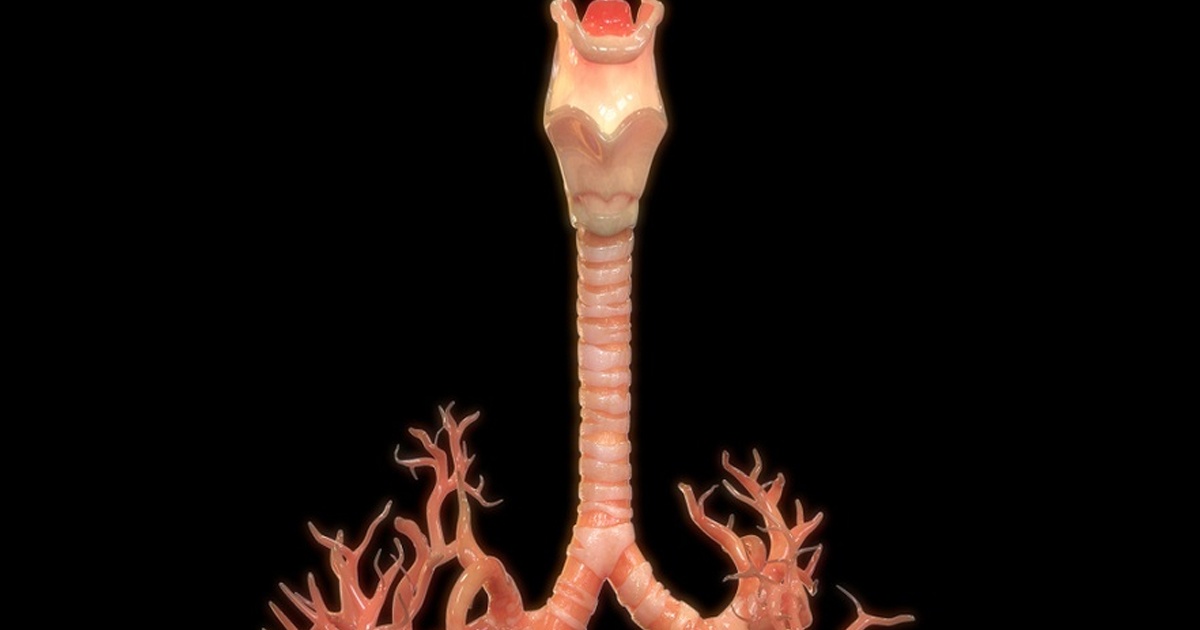
A pesar de tratarse de un estudio preliminar, Anthony Atala, director del WFIRM y también coautor de la investigación, confía que en un futuro se podrán aprovechar los tratamientos de medicina regenerativa para reemplazar enteramente zonas traqueales afectadas por enfermedades o incluso accidentes. Los siguientes pasos en nuestra investigación serían evaluar la función a largo plazo, para garantizar la formación adecuada de tejido y la retención de la fuerza”, explica.


